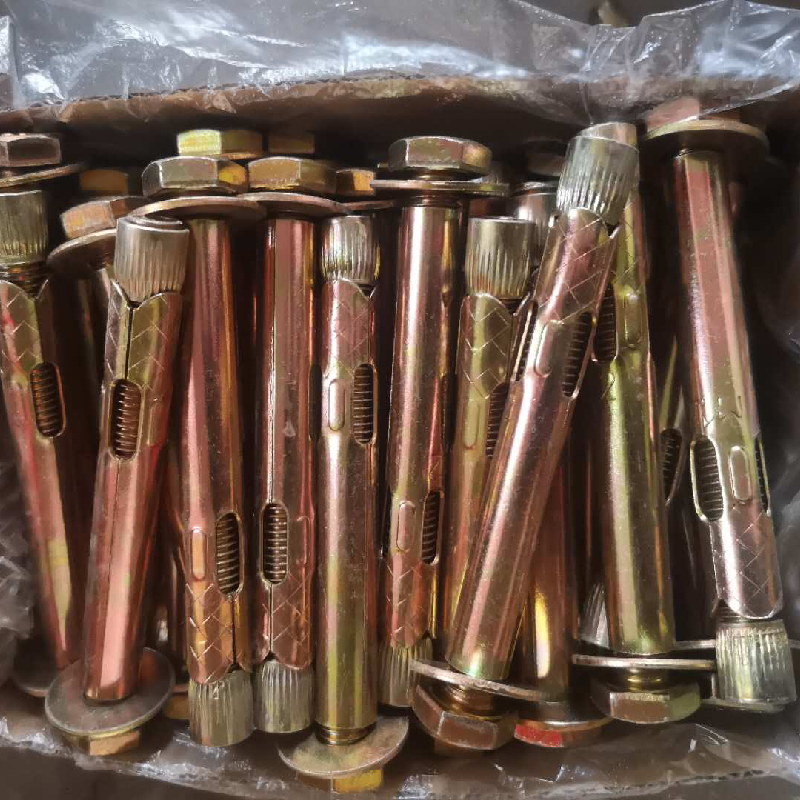Eki . 10, 2024 11:34 Back to list
various types of bolts
Various Types of Bolts A Comprehensive Overview
Bolts are essential fasteners used in a wide range of applications, from construction and manufacturing to automotive and aerospace industries. They come in various shapes, sizes, and materials, each designed for specific functions. Understanding the various types of bolts is crucial for selecting the right fastener for your project. This article will explore the most common types of bolts, their uses, and key characteristics.
1. Hex Head Bolts
Hex head bolts are among the most commonly used types due to their versatility and strength. They feature a hexagonal head, allowing for easy installation with a wrench. These bolts are typically made of steel, stainless steel, or alloy materials, making them suitable for various applications, including structural and mechanical projects.
2. Carriage Bolts
Carriage bolts are unique because they have a smooth, rounded head and a square section beneath the head that prevents them from turning during installation. This feature is particularly useful in wooden applications, where the bolt is often used with a washer. Carriage bolts are primarily used in construction, woodworking, and outdoor furniture.
3. Lag Bolts
Lag bolts, or lag screws, are heavy-duty fasteners with a thick, coarse thread and a square or hex head. They are designed for anchoring heavy wooden structures, such as deck posts and beams. Their robust construction allows them to handle substantial loads, making them ideal for outdoor use.
various types of bolts

Socket head bolts, often referred to as socket cap screws, are characterized by their cylindrical head and a hexagonal socket for driving them with an Allen wrench. These bolts provide a high level of torque and are commonly used in machinery and equipment where space is limited. Their sleek design also allows for a cleaner finish, making them suitable for aesthetic applications.
5. Eye Bolts
Eye bolts feature a looped head, or eye, which allows for the attachment of ropes, cables, or hooks. They are commonly used in lifting and rigging applications where anchoring and securing loads are crucial. Eye bolts come in various sizes and materials, ensuring they meet the demands of different environments and loads.
6. T-Bolts
T-bolts, as the name suggests, have a T-shaped head that slides into a slot, making them ideal for applications where adjustable fastening is needed, such as in machinery and furniture. They are commonly used in combination with nut systems to provide a secure hold in setups that require periodic adjustments.
7. Bolts with Special Coatings
Certain environments require additional protection against corrosion and wear. Therefore, bolts may come with special coatings such as zinc plating, black oxide, or galvanization. These coatings enhance the durability and lifespan of bolts in harsh conditions, making them essential in construction and outdoor applications.
Conclusion
Understanding the various types of bolts and their applications can significantly impact the success of your projects. Choosing the right bolt not only ensures structural integrity but also enhances the longevity and safety of the assembly. Whether you're a professional contractor or a DIY enthusiast, knowledge of bolts will equip you to make informed decisions in your fastening needs. As technology and materials continue to advance, the range of bolts available will likely expand, further improving their efficacy across diverse applications.


